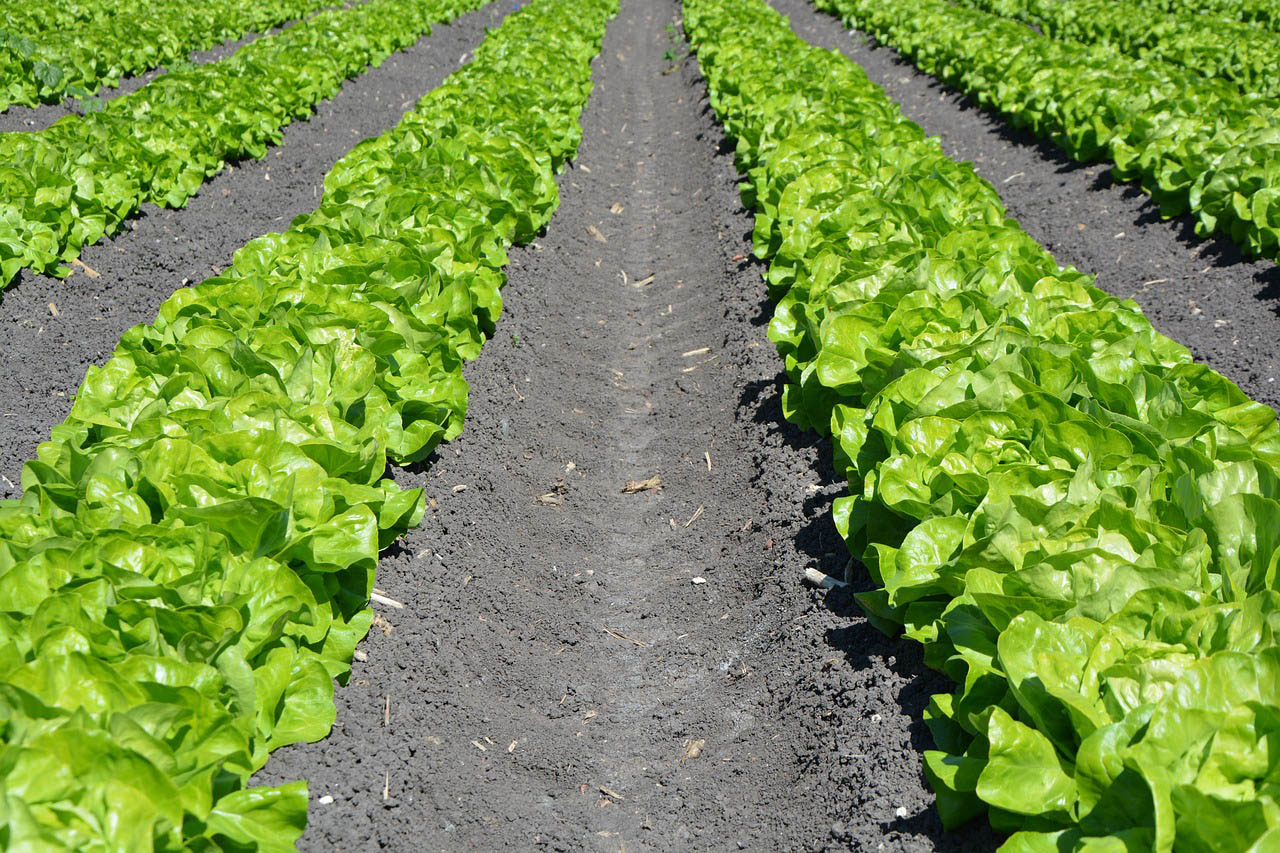SALT RIVER HORSE MANAGEMENT PLAN
BY
DIRECTOR MARK W. KILLIAN
ARIZONA DEPARTMENT OF AGRICULTURE
JULY 14, 2020
July of 2015 forever changed the dynamics of the survivability of the Salt River Horse herd (“herd”) and the public’s very loud and strong support for the horses along the Salt River. As a result, an Intergovernmental Agreement (“IGA”) between the Arizona Department of Agriculture (“AZDA”) and the United States Forest Service (“USFS”) was created, and a Salt River Horse Collaborative (“collaborative”) was organized of interested parties to create a proposed long-term management plan for the herd. The purpose was to provide a baseline to understand the diverse perspectives and to provide a foundation for discussion and resolution for issues.
The AZDA has selected the following recommendations from the various options and plans that were presented by the Collaborative and others.
HORSE MANAGEMENT AREA (“HMA”)
The current Salt River Horse Management Area (“HMA”) is approximately 20,000 acres in size and encompasses the Goldfield and Bulldog areas on both sides of the lower Salt River within the Mesa Ranger District of the Tonto National Forest. The HMA was included in the Final Revised Land Management Plan for the Tonto National Forest, which also included the Usery area in the final acreage total. Availability of the Usery area is contingent on a wildlife pass across Bush Highway.
The collaborative presented three separate recommendations of management areas for the herd to reside. AZDA has incorporated this input into the following recommendation.
Recommendation
Management of the herd within the entire Goldfield, Bulldog, and Usery areas. This area is made up of approximately 25,600 acres that contains 8.75 miles of the Lower Salt River.
Considerations:
- All of the Collaborative plans included the Usery area, but the majority included it as a “phase 2” and is conditional on private money or federal infrastructure dollars to build a wildlife crossing.
- Water is not available in the Usery pasture, which means that in order for the horses to access water, they must cross Bush Highway.
- Provides the largest territory away from the riparian areas, which can improve the overall health of the management area.
- This recommendation eliminates the Coon Bluff pasture and protects the vulnerable fire restoration area.
- Incorporating the Usery area would require approximately seven additional miles of new fence along Bush Highway and Usery Pass; construction of a wildlife pass across Bush Highway; and outreach to recreational user groups.
HERD SIZE/ REDUCTION
Recommendation
Currently, the Salt River horse herd consists of approximately 450 horses. AZDA recommendation is a reduction of the herd to approximately 100 to 200 horses by the use of a birth control and natural attrition. Under this option, the third party contractor with a “no cost” contract would work to reduce the herd size within approximately ten years.
Considerations:
- While the use of Birth Control can be used to reduce a herd size, it would take at least 10 years for birth control and natural attrition to reduce the herd to 100-200 head.
- The outcome of the birth control plan with natural attrition will be readdressed after five years to determine the success of reducing the population by approximately ten years.
- A review of the population and count of the herd will occur regularly by AZDA.
- Birth control was recommended by all of the collaborative proposals as the method to be used to maintain the herd size.
- Maintaining herd records and other management tools will be used to ensure genetic diversity within the Herd.
- The recommended herd size will provide the public with the greatest opportunity to regularly see horses when visiting the Salt River.
FENCE MAINTENANCE
Recommendation
USFS has constructed a fence around the current projected HMA (Goldfield and Bulldog areas). Per AZDA’s recommended management plan, AZDA may split the responsibility of maintaining the barbed wire fence around the HMA, as follows:
- USFS may provide the materials for maintaining the fence line.
- AZDA may provide contractors for monitoring and maintenance labor.
Considerations:
- AZDA may be responsible for the barbed wire fence. Any pipe or metal fence or gate may be maintained by USFS.
SUPPLEMENTAL FEEDING
Recommendation
AZDA recommends, during times of drought and decreased range forage in the HMA, supplemental feed may be provided to maintain herd health and minimize strain on rangeland. Supplemental feed and water may be provided as needed and distributed entirely by the third party contractor as follows:
- Supplemental water locations:
- Northern Goldfield area
- Supplemental feed locations:
- Coon Bluff
- Mud Cliff
- 2.2
- Mile marker 36
- North Goldfield valley
- Foxtail
Considerations:
- All feed placed on National Forest Service (“NFS”) lands will comply with USFS weed-free hay policy.
- Access to feed stations may be by vehicle on approved administrative and user roads.
- Coon Bluff access from the green gate on Coon Bluff road.
- Mud Cliff access road from the Goldfield recreational parking lot or the Salt River bus barn.
- 2.2 access gate on Bush highway.
- User road from the gate on Bush highway at mile marker 36.
- User road from behind the Salt River Wild Horse Management Group property to the north Goldfield valley.
- Administrative road on Bush Highway at Foxtail.
COST/FUNDING SOURCES
Currently, the field management of the herd is conducted by the Salt River Wild Horse Management Group (“SRWHMG”). The SRWHMG is responsible for the day-to-day needs of the herd including; providing veterinary care and carcass disposal, implementing and maintaining a birth control program, removing horses with a Henneke body condition score below a 2, and providing supplemental feed and water as necessary. The SRWHMG is a non-profit organization that raises funds to pay for the management of the horses and it does not receive funds from the State of Arizona
Recommendation
AZDA recommends submitting an annual budget request for $65,000 and a continuing budget request of $65,000 to pay for State employee to advise and work with the third party contractor.
Considerations:
- The funding for AZDA would include employee pay.
- This option would continue the day to day operations by SRWHMG. Over time as the herd size reduced, the financial burden of the program for the third party contractor could be reduced because the need to supplement the feed for horses would be reduced.
- Additional funding may be needed in the case of the third party management group inability to raise the needed donations.
VISITOR CENTER
Recommendation
AZDA recommends the future construction of a community visitor center to educate the public, preserve the land, and provide a meeting area for visitors to learn about the history of the Salt River and the herd.
Location
AZDA recommends that the visitor center be located on Goldfield Road, north of the intersection at Bush Highway and Usery Pass Road. This area is already in use for administrative buildings with both the Maricopa County Sheriff’s Office Lake Patrol Headquarters and the Forest Service Goldfield Fire Center. This location is also within a short walking distance of the Salt River and areas the herd frequently utilize.
Memorandum Preliminary Program
The preliminary program and cost estimate prepared by Weddle and Gilmore architects for the Salt River Horse visitor center gave an estimate of:
- 5,000 sf – building interior
- 3,000 sf – covered space
- 300 – parking spaces
- 8-10 acres approximately
- $6,105,000 – Direct costs in the Report (*See below for breakdown)
- $495,000 – Indirect Excluded Items, AV, Art, owner’s contingency
- $6,600,000 – Total Recommended Budget
*Direct costs report:
- Earthwork/ curbing & paving/ Landscape & Irrigation $1,600,000
- Site Utilities (water, septic, power, telecom) $ 400,000
- Visitor Center Building (5,000 SF x $300/SF) $1,500,000
- Exterior covered spaces & amphitheater $ 450,000
- Contractor OH&P/ Tax/ Bond/ Insurance (20%) $ 790,000
- Construction Contingency (15%) $ 711,000
- AE Soft Costs (12%) $ 654,000
- Total Estimated Cost $6,105,000
This model is based off of the Weddle and Gilmore Black Rock Studio. In this model, the visitor center would include:
- A Learning Nature Center
- Functional, efficient structure, low maintenance
- 150 parking spaces with entry gate, driveways, gravel paving, site lighting, and signage
- Mastered planned to include expansion of 300 parking spaces, including school bus parking
- Interior to include:
- Exhibit and multi-use space
- Large fireplace
- Public restrooms
- Meeting space
- Small catering kitchen
- General Storage
- Master plan to allow expansion of building
- Exterior covered include:
- Outdoor amphitheater and seating
- Interpretive signage
ADDITIONAL IMPORTANT ISSUES; PUBLIC INTERACTION AND VETERNARIAN CARE
Recommendation #1
AZDA recommends an AZPOST certified AZDA officer monitor public interaction with the herd as defined in A.R.S. § 3-1491.
Considerations:
- AZDA officer position is covered by AZDA budget and IGA agreement, and there is no indication that will change.
- AZDA officer’s success is partially dependent on reliable communication and relationships with USFS, third party contractor (SRWHMG), and local law enforcement.
- Educational signs will be placed at major recreational sites, which should help guide the public on safe interactions with the herd.
Recommendation #2
AZDA recommends continuing to procure a third-party contractor to monitor, identify, and seek veterinary treatment for any injured Salt River horse.
Considerations:
- “In-field” veterinarian treatment can be used for public health or man-made situations.
- Humane euthanasia under the direction of A.R.S. § 3-1491 can be carried out by the third-party contractor if AZDA cannot respond.
- Injured and thin horses under Henneke body score condition of 2 will be removed by the third-party contractor if determined the horse cannot survive without major human interference (horses removed from the HMA will not be returned to the herd or NFS lands).
- Any potential contagious diseases will be reported to the State Veterinarian office, and the State Veterinarian can consult on injury and illness cases.
-
Latest News
Friday, January, 17, 2025
-
Food Access
Finding Healthy Food in ArizonaConnecting people, food, and resources through partnerships with producers, non-profits, for-profits and government.
-
Get a License
Apply For, Renew, or look up a LicenseEnter our Licensing and Payment System then use the filter at the top to find the license you want to apply for or renew or find existing license information, including CEU's